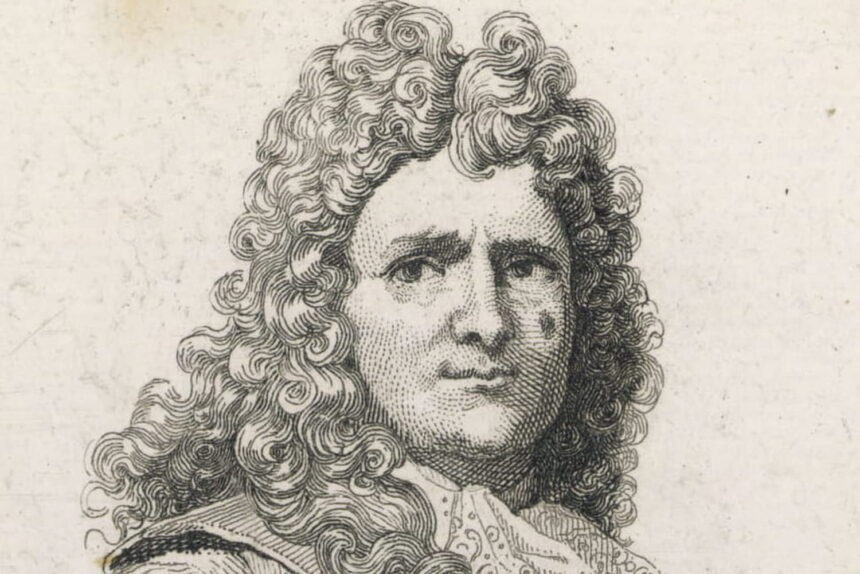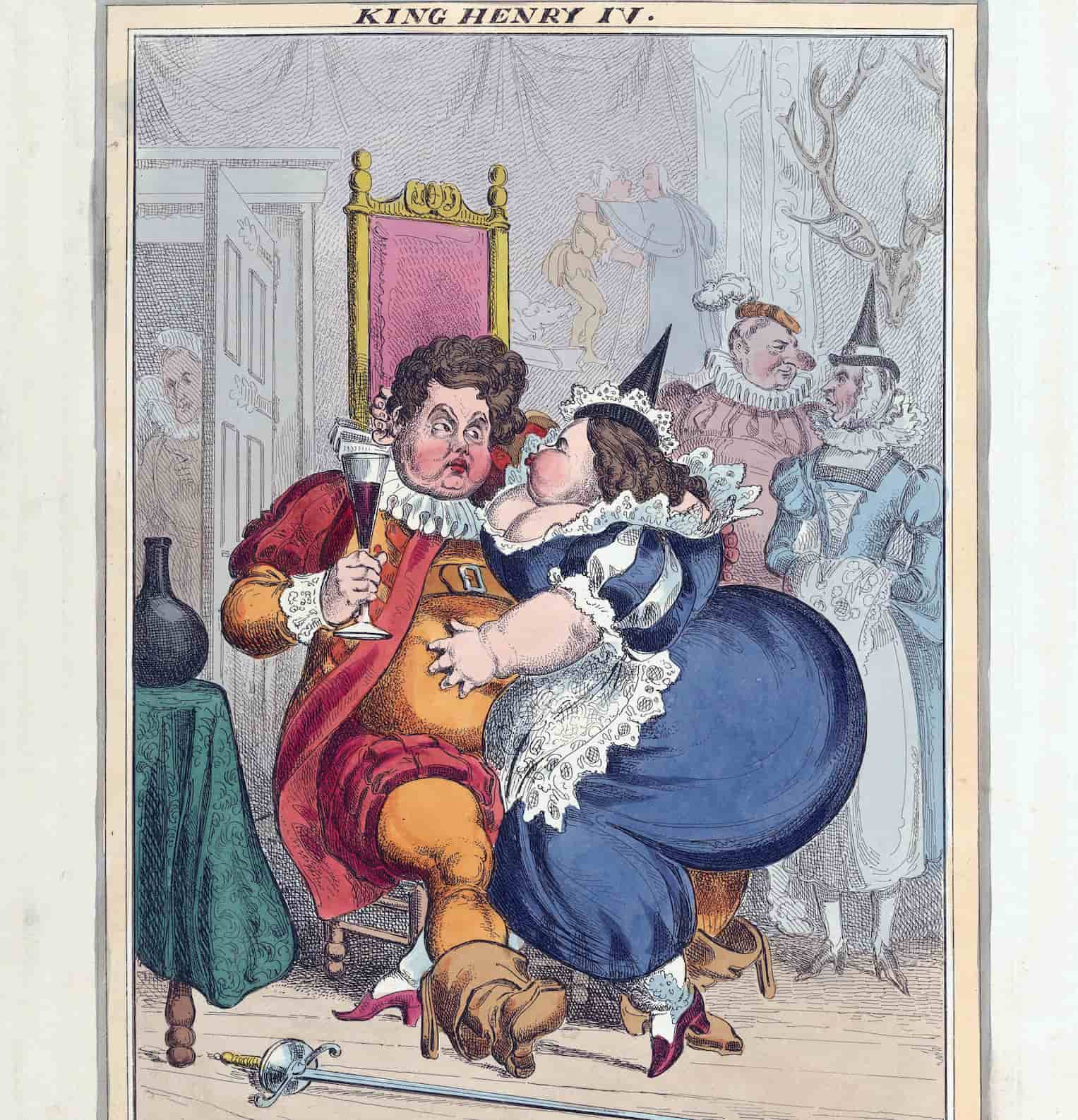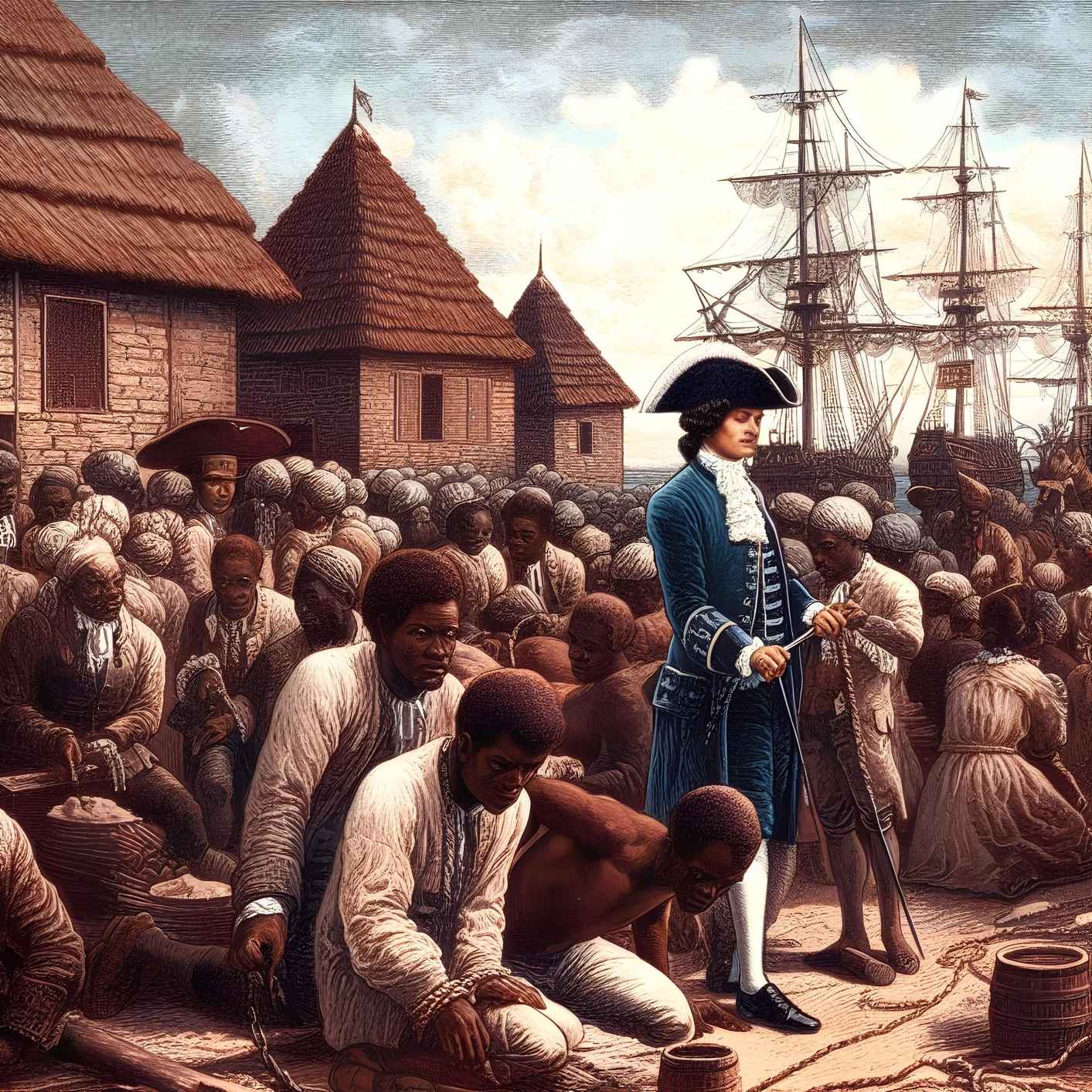Sebastien Le Prestre de Vauban: Engineer and Marshal to Louis XIV
Sébastien Le Prestre de Vauban (1633–1707) was one of the most celebrated military engineers in European history, serving under Louis XIV of France. His work revolutionized fortification design and siege warfare, and his influence extended to urban planning, defense policy, and infrastructure.






